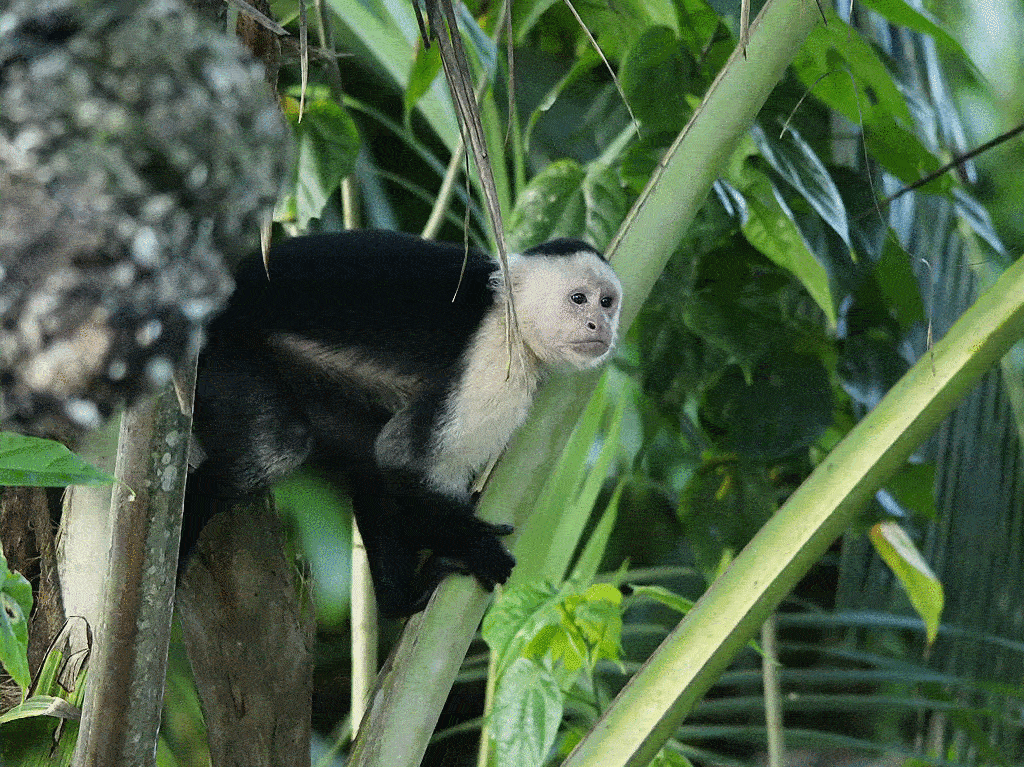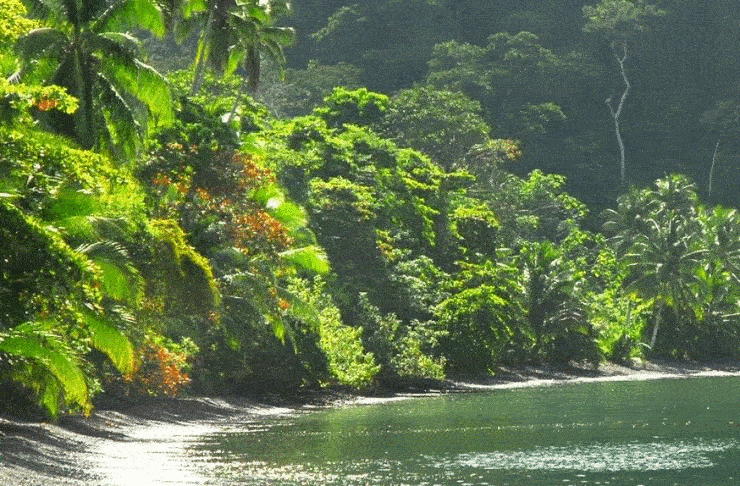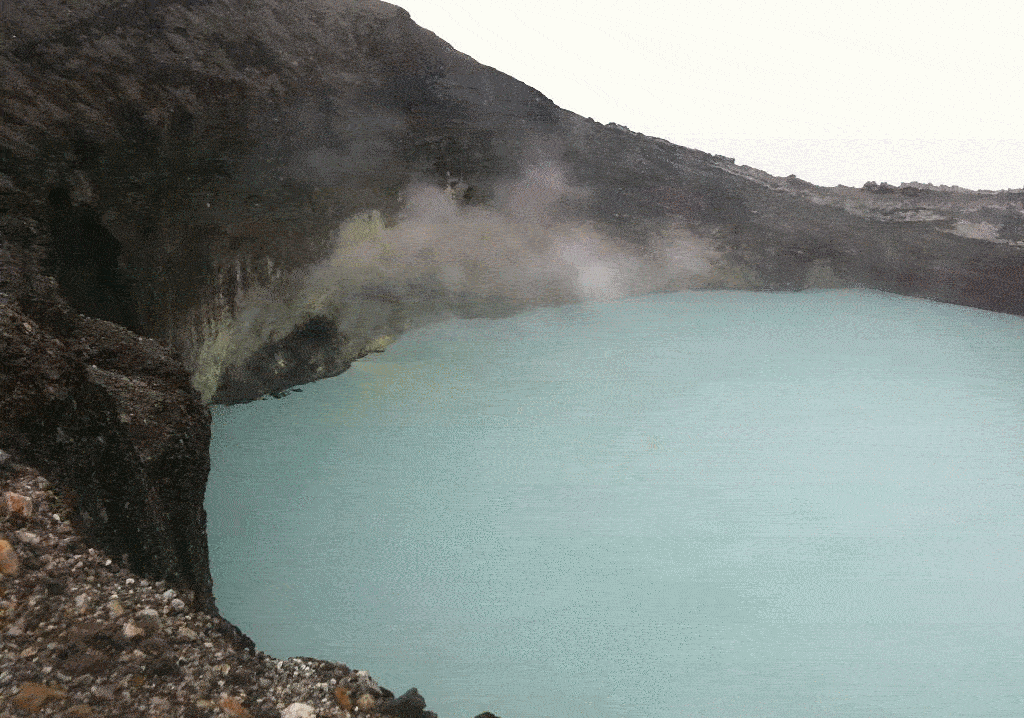
For many, Manuel Antonio National Park is the first thing that comes to mind when they think of Costa Rica, especially after seeing all the seductive photos that appear on many tourist sites that depict all-but-deserted expanses of sand and monkeys hanging from adjacent trees.
Manuel Antonio does have some nice beaches, but you’re unlikely these days to find yourself alone on one. Even if you can tolerate the queues, you’ll likely find those beaches have become increasingly very crowded, and the monkeys – now well-habituated to the human throngs – are likely to beg for your lunch (or steal it when you’re not looking, even if they have to unbuckle your backpack themselves to get at it). Oh, and good luck enjoying your book and the sound of the ocean over the din of screaming kids and tinny AM radios.
With one particularly aggressive TripAdvisor review describing the destination as “overpriced” and “underdelivered,” we have decided to provide you with a conclusive list of the best alternatives to Manuel Antonio, allowing you an opportunity to take the road less travelled…
1. Corcovado National Park

Located in the Osa Peninsula in South Western Costa Rica, this stunning park has been named “the most biologically intense place on earth” by National Geographic. The park is open seven days a week, but is only accessible by guide. Experts recommend departing from Sierpe, which has been described as the Amazon River of Central America, due to its winding and meandering shape. After an hour boat journey, you’ll reach the ranger station, where you will be escorted into the park in the morning for a full day experience. We recommend staying for a few nights in one of the all-exclusive luxury lodges.
This is the largest of all the national parks and is home to several endangered species, including the Baird’s tapir, the Harpy eagle, the Red-backed squirrel, and the jaguar.
Offering 13 major ecosystems, Corcovado really has something for everyone.
Sponsored Content:
El Remanso Rainforest Wildlife Lodge, ideally situated at the southern tip of the Osa Peninsula, is halfway between Puerto Jimenez and Carate on the road to Corcovado National Park.
2. Marino Ballena National Park

Established in 1990, Marino Ballena National Park is one of the newer locations on our list. Located in Puntarenas, on the South Pacific coast of Costa Rica, this park took its name from the humpback whales that can be spotted there during the August to October period. Some claim, however, that the park was named after the famous whale tail shape that is formed from the intersection of two beaches. Coincidence?
This is the place to go if you have an interest in marine life as Marino Ballena is dedicated to the protection and conservation of marine ecosystems. The 18 different species of coral reefs are also worth visiting if you have a passion for snorkelling. For those seeking a more relaxing holiday, the beach that seems to stretch towards eternity provides an excellent sunbathing spot.
Covering 5546 hectares of pure beauty, Marino Ballena should be a priority for anyone making a trip to Costa Rica.
Sponsored Content:
Video of the region, courtesy of the El Castillo Hotel & Hotel Three Sixty, which provides a luxurious base for your visits to Marino Ballena and Corcovado:
3. Santa Rosa

Home to some of the last remaining tropical dry forest in the world, Santa Rosa National Park is another destination to add to your list. Located to the northwest of San José, Santa Rosa is one of the larger national parks in Costa Rica, covering 49, 515 hectares over a variety of habitats including beach, marine, and forest. Within Santa Rosa is Nancite beach, one of two beaches where (I can hear David Attenborough squirming with pleasure as I type this) Pacific Ridley Sea Turtles come ashore to lay their eggs each year. These turtles arrive in huge groups, often thousands in one night. Equally popular is Playa Naranjo, sometimes called “Witches Rock”, or Roca Bruja, because of a large rock that juts up from the ocean floor. This beach is very popular with surfers and was one of the locations that the film Endless Summer II was filmed.
Santa Rosa is also the site at which Costa Rican troops defeated US racist William Walker’s band of filibusteros in 1856, a battle that is said to have lasted only fourteen minutes.
4. Cahuita

Cahuita National Park is truly stunning; if Tom Hanks had been washed up here, I’m pretty sure he wouldn’t have minded that much. The park’s beautiful coral reefs that attract snorkelling fanatics (you must be accompanied by a guide) are certainly a main attraction. In fact, the park was established in 1970 in order to protect its coral reefs. Home to three species of sharks, 35 species of coral, and 123 species of fish, this is one of Costa Rica’s best destinations for snorkelers. We also recommend exploring the two shipwrecks. Who knows what you might find down there?
The park has been steadily growing in popularity during recent years, which has led to the growth of the town as well, including more hotels and restaurants. That said, it has still maintained a sense of authenticity.
Sponsored Content:
Caribe Fun Tours works well with agencies in the South Caribbean and features a Cahuita National Park & Waterfall Hike.
Exploradores also works well with agencies in the South Caribbean and features a Cahuita Snorkel and National Park Hike.
5. Piedras Blancas

Found in the Southern Zone of Costa Rica in Puntarenas Province, Piedras Blancas National Park is truly a hidden gem. Lush rainforest, beautiful beaches and hardly another person in sight. Visiting will allow you to use the hashtag #authenticCostaRica when you aggressively post to your Instagram account, letting your friends know how adventurous you are.
The park was formerly a part of Corcovado, but was established as its own national park in 1993. It is now home to a variety of animals, including jaguars, scarlet macaws, and humpback whales.
6. Tortuguero National Park

We like to think of Tortuguero as a very elite party as getting there requires some planning, but the eleven different habitats and huge variety of wildlife found inside makes it well-worth the effort. The park contains a huge canal which allows visitors to do tours by boat as well; you can rent canoes and kayaks from a variety of stores in the area. This scenic option is very popular with visitors. You’re bound to spot a howler monkey or two.
Visitors accompanied by guides can even see the turtles laying their eggs on the Playa Tortuguero at night. The laying season usually occurs in April and May, with the hatching and mad-dash to the sea, happening 7-10 weeks later.
We’d recommend a stay of two nights as it’s impossible to get there and back in a day.
Sponsored Content:
There is now a commissionable (land/boat) shuttle offered by Exploradores, with service from San José, Arenal, and Puerto Viejo. Read more and book a ticket here.
Exploradores also offers Tortuguero transport, tour, & accommodation options from $174pp rack rates.
7. Rincon de la Vieja

If Belinda Carlisle was right and heaven is indeed a place on earth, then we have found it in the Rincon de la Vieja National Park. This is a truly stunning place to visit, with pools and hot springs to bathe in. The volcano is active, but the most you’re bound to experience is the occasional rumble.
Rincon is also an amazing location for those craving excitement as it offers a variety of activities, including hiking, horseback riding, and swimming.
We can guarantee that your friends will be very jealous when they see the photos.
8. Palo Verde

While not as picturesque as Manuel Antonio, Palo Verde offers a paradise for bird watchers. The park is made up of wetland, flooded by the Tempisque River.
We recommend visiting during the green season (June – November), as this is when marshes most attract wildlife. Expect to see Roseate spoonbills, egrets, Wood storks, and herons.
BONUS: Carara

Carara is a lovely pit-stop for those driving from San José to Jacó. Again, idea for wildlife, although you’re more likely to spot birds, insects and reptiles. This is a fairly small park (you could probably see everything in about 2-3 hours), so we wouldn’t recommend it as a main destination.







